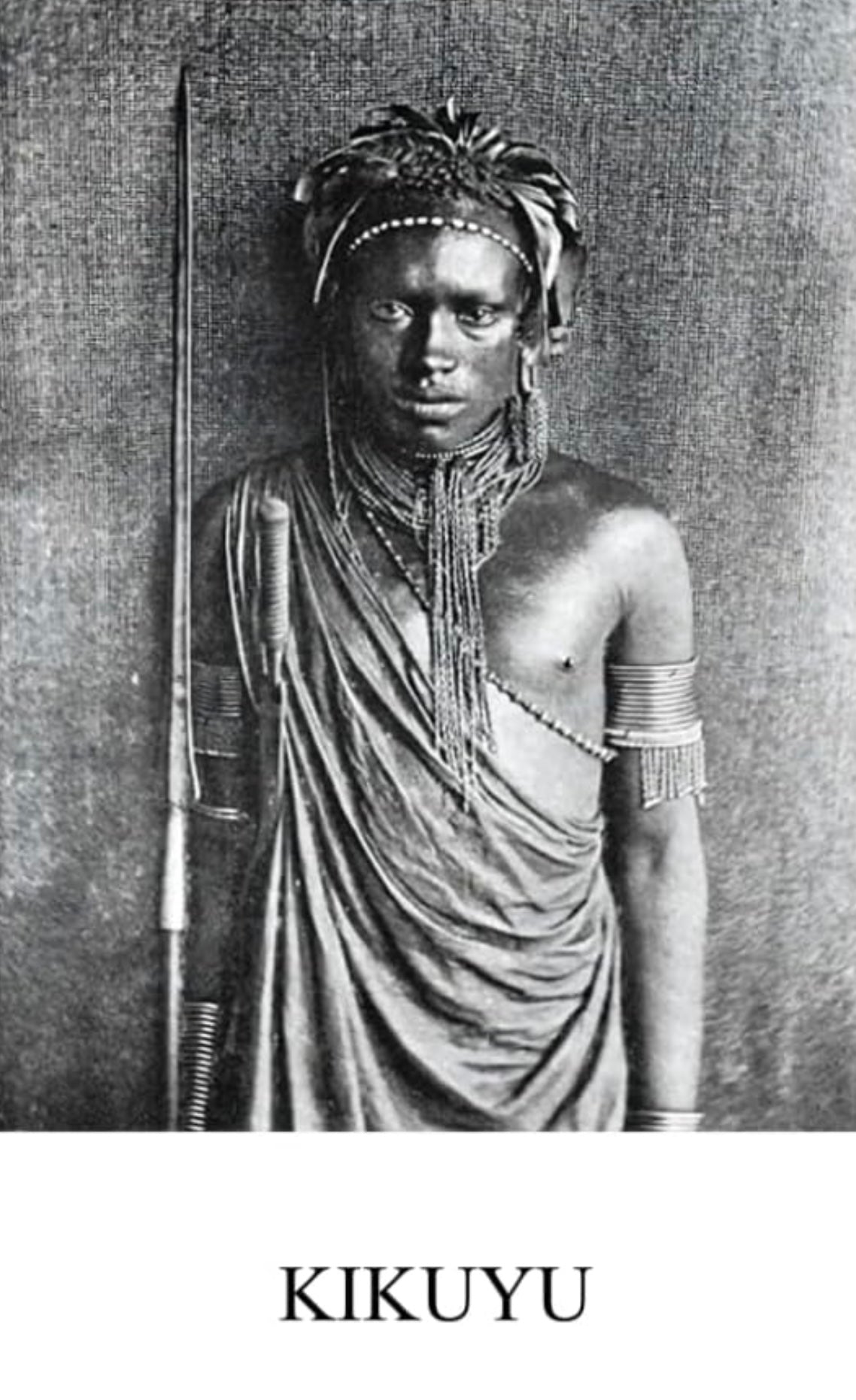KIKUYU - Prehistoric Food Producers: Volume 01 By Gene Waddell
KIKUYU - Prehistoric Food Producers: Volume 01 By Gene Waddell
Couldn't load pickup availability
This study is a comparison of the ways of life of the Kikuyu and Masai, neighbouring tribes in east Africa who are among the best documented peoples in the world and who longest remained isolated primarily as cultivators and as herders. These two tribes preferred to remain at the transitional stages of development between hunter-gatherers and urban dwellers.
This first volume in the series on early food producers is about the Kikuyu, who are now the largest of about 45 tribes in Kenya and one of the most influential tribes in Africa. Most members of the tribe were located near Mt. Kenya and to the southward in the vicinity of Nairobi. They lived primarily by cultivating a wide variety of plant foods and secondarily by herding cattle. Considering that the adoption of cultivation enabled the Bantu-speaking peoples to settle most of Africa, the Kikuyu is especially worthy of consideration.
This book is about the relatively brief period during prehistory when peoples began to produce their own food, and men replaced hunting with herding and women replaced gathering with planting. From at least 50,000 years ago to around 10,000 years ago, everyone was either a hunter or a gatherer. From around 10,000 years ago to about 5,000 years ago, most peoples became either a herder or a planter. During these 5,000 years, the epochal change took place in which a more settled way of life developed and all it implies. In Egypt and Mesopotamia, the consequences of this transition are well documented, but the prehistory of the transition can be less well reconstructed through archaeological remains. The prehistoric consequences can be better reconstructed among early agricultural peoples who continued to live much as they had until recently. A comparison of the herding Masai with the primarily cultivating Kikuyu is especially revealing.
Share


